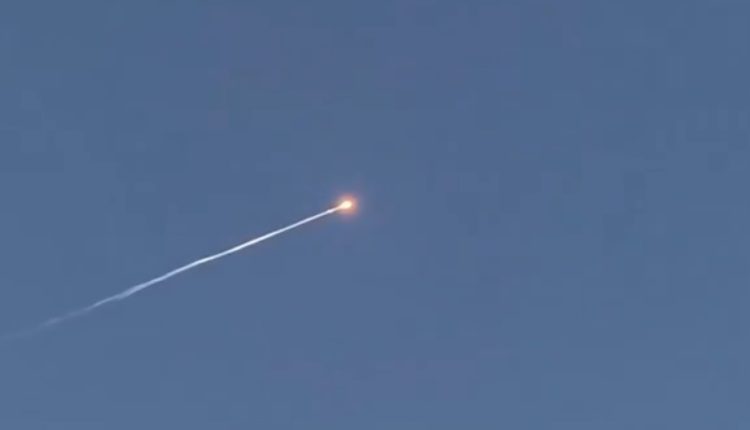SANAA, May 04 (YPA) – In a rare admission that reflects the depth of the crisis facing the United States and the Israeli occupation entity in dealing with Yemen’s escalating attacks, Channel 13 revealed on Saturday a continued failure to curb the strikes carried out by Sanaa forces in the Red Sea and occupied Palestine, despite more than a month and a half of intense US airstrikes against Yemen.
The channel confirmed that the Yemeni “Ansarallah” movement continues to launch missiles at a rate of approximately one missile every two days is a clear indication of their continued offensive capabilities despite US-British military pressure.
It noted that the Americans informed their Israeli counterparts that the Ansarallah group “has a mentality different from that of the Arabs and the West, and they are prepared to pay a price to achieve their goals,” which poses an exceptional challenge to the traditional doctrine of deterrence.
Failure of US operations… and growing Israeli concern
Despite the ongoing airstrikes launched by US and British forces since last January, the Israeli admission reveals a lack of tangible results on the ground, amid growing indications that the United States is unable to “eliminate the chronic problem called the Houthis,” according to the Hebrew channel.
The Hebrew channel’s report indicated that Sana’a is carefully preserving its arsenal and continuing to develop its capabilities, despite the difficulties it faces in manufacturing surface-to-surface missiles, which enhances its ability to continue a long-term battle of attrition.
A new stage of effective strikes
Given the inability of American, British, and Israeli systems to halt this trend, Israeli circles warn that the Israeli occupation “may be facing a new phase of effective qualitative strikes,” with future attacks becoming more precise and painful, at a time when the occupation government is no longer able to ignore the Yemeni escalation or downplay its impact.
Observers believe that Sanaa, which succeeded in delivering its missile messages to northern occupied Palestine, is no longer what it was before these operations, neither in the eyes of the Israeli security establishment nor in the calculations of Washington and London.
Yemen’s distant geography no longer prevents it from directly influencing the regional balance of deterrence.
Weakness signals in Zionist entity internal
This escalation has dual symbolic and military dimensions. It demonstrates the Israeli occupation entity’s inability to deter a distant geographic entity such as Yemen. This sends dangerous signals of weakness to the Israeli interior and gives the occupation entity’s regional opponents a greater incentive to expand the scope of the confrontation.
With the difficulty of targeting Yemen directly without further complicating the regional situation, and the impossibility of negotiating with the Sana’a leadership, the occupation entity finds itself confronting a new, solid, and proactive front that will be difficult to break or contain.
YPA


